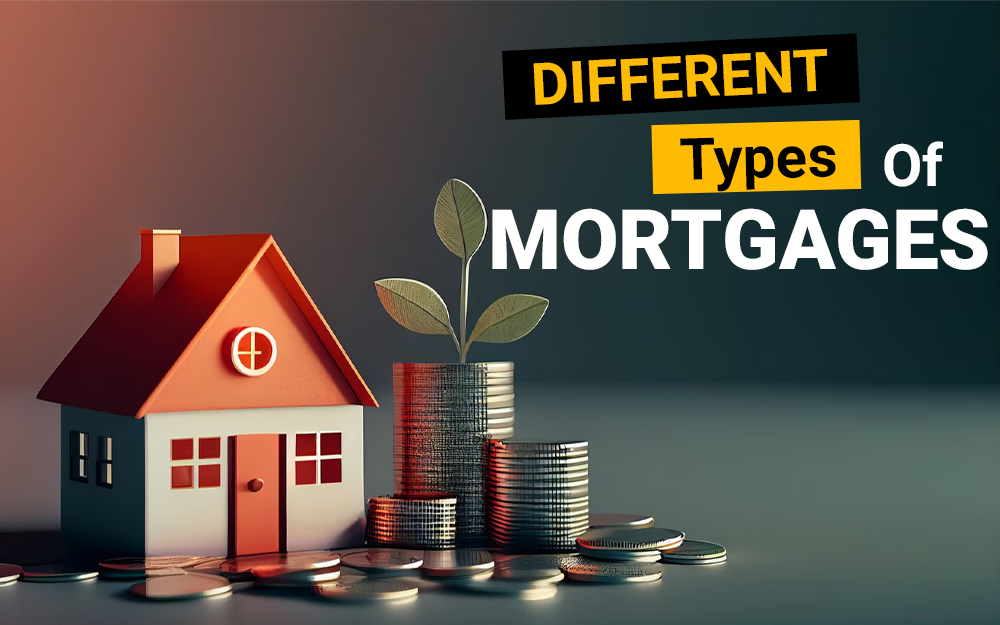When applying for a mortgage, one of the key considerations is the mortgage term. The mortgage term refers to the number of years over which you agree to repay the loan, along with the interest. Choosing the right mortgage term is crucial, as it affects your monthly payments, the total interest paid, and potentially your financial planning into retirement. Understanding Mortgage Terms A longer mortgage term generally results in lower monthly payments, but you end up paying more interest over the life of the loan. Conversely, a shorter term means higher monthly payments but less interest paid overall. The choice...
Read MoreCategory: Mortgage
What Are the Current UK Mortgage Rates?
Current Mortgage and Interest Rates Overview As of now, the Bank of England's Base Rate is 5.25%, held steady since August 2023. Recent trends show a decline in average mortgage rates, largely due to increased competition among lenders. Notably, the average rate for a five-year fixed mortgage is currently 4.88%, while the two-year fixed rate stands at 5.27%. These figures reflect a decrease from the previous week's rates, indicating a favorable trend for borrowers. Mortgage Rates by Loan-to-Value (LTV) Ratios Mortgage rates vary significantly depending on the LTV ratio, which represents the size of the mortgage in relation to the...
Read MoreWhat is Loan to Value (LTV)?
Understanding Loan to Value Ratio Loan to Value (LTV) ratio is a key concept in the mortgage world. It represents the percentage of the property's value that you are borrowing through a mortgage. For example, if you're purchasing a home worth £200,000 and have a £20,000 deposit, your mortgage would be £180,000, making your LTV 90%. LTV is a crucial factor for lenders as it helps determine the risk associated with the loan. How to Calculate LTV Ratio To calculate the LTV ratio, divide the amount of the mortgage by the total value of the property and then multiply by...
Read MoreUnderstanding the Different Types of Mortgages
Choosing the right mortgage is a crucial decision when buying a home. While you can select a mortgage independently, many people opt for advice from mortgage brokers or lenders. It's essential to understand the various types of mortgages available to make an informed choice. Here, we cover the main types of mortgages in the UK and their key features. Fixed-Rate Mortgages Fixed-rate mortgages offer a stable interest rate for a set period, typically ranging from two to ten years or more. During this time, your monthly payments remain unchanged, providing predictability and financial stability. Pros of Fixed-Rate Mortgages Fixed-rate mortgages...
Read More


